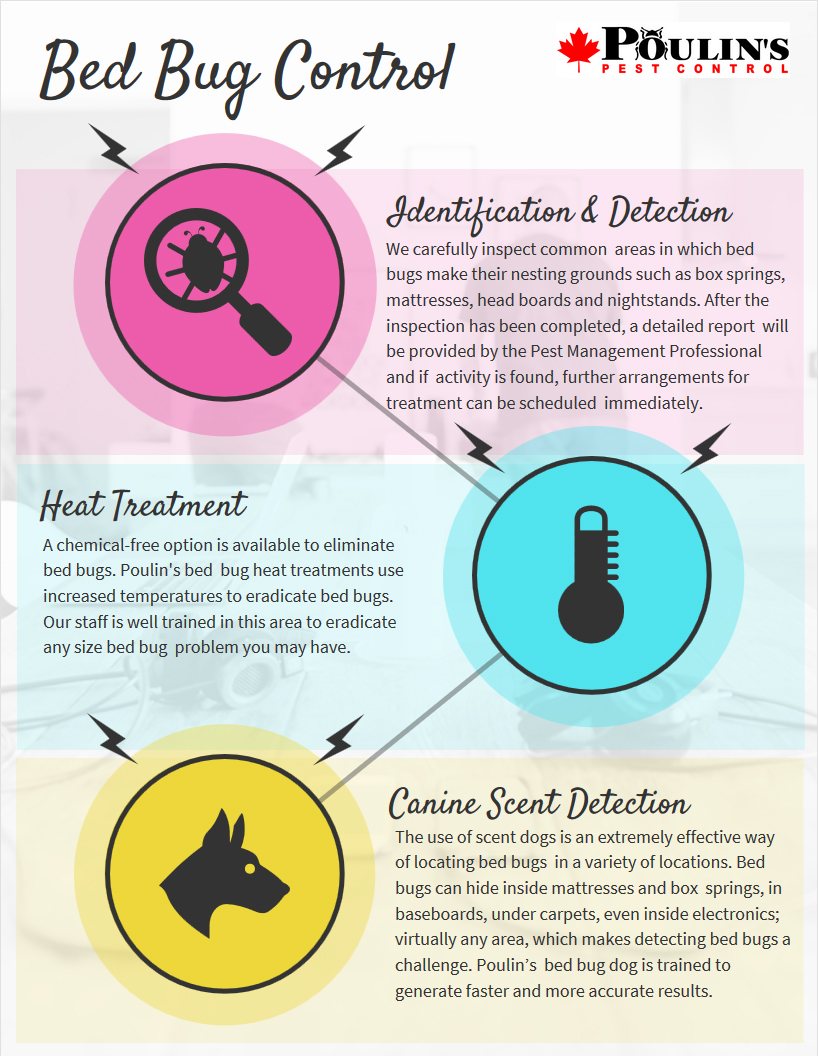Comprehensive Kings Bug Control Services Cincinnati OH
Comprehensive Kings Bug Control Services Cincinnati OH
Blog Article
Sorts Of Pest Control: Which Approach Is Right for Your Invasion?
When confronted with a bug invasion, the option of a suitable approach for insect control is important in effectively taking care of the scenario. From chemical treatments to organic solutions, there exists an array of approaches that can be used to resolve various sorts of bugs. Each method comes with its own set of advantages and considerations, making the decision-making procedure a nuanced one. Understanding the nuances of each approach and evaluating their compatibility with the certain pest invasion handy is crucial for accomplishing lasting success in pest administration. By checking out the different kinds of bug control techniques readily available, individuals can make educated decisions customized to their unique conditions, making sure a more reliable and sustainable end result in bug removal.
Chemical Pest Control
Chemical insect control entails using artificial or naturally derived chemicals to take care of and remove pest populaces efficiently. This method is typically made use of in agriculture, forestry, and residential settings to deal with a wide range of insects, including weeds, rodents, and insects. Making use of chemical pesticides can offer fast and targeted services to pest problems, making it a preferred choice for lots of individuals and businesses.
One of the key benefits of chemical bug control is its ability to quickly remove bugs, lowering the threat of damage to crops, home, and human health. By making use of certain chemicals that target specific bugs, this method can effectively manage problems while reducing harm to advantageous organisms and the setting when applied correctly.
Nonetheless, using chemical insect control additionally elevates concerns concerning prospective unfavorable results on non-target types, water sources, and human wellness. It is critical to adhere to security guidelines, use chemicals sensibly, and take into consideration alternate pest control methods to reduce these dangers and make certain lasting bug administration methods.
Biological Insect Control
Biological parasite control, additionally known as biocontrol, uses living organisms to lower and manage bug populations naturally. By utilizing the bug's natural predators or virus, biological parasite control provides a lasting and environmentally friendly solution to pest administration.

Mechanical Pest Control
Using hands-on and physical approaches to handle pest populaces, mechanical insect control offers an alternate approach that does not rely upon making use of living organisms or artificial chemicals. This approach includes using barriers, catches, or other devices to literally discourage or eliminate bugs. By obstructing insect entrance points or setting up traps to catch them, mechanical bug control can efficiently reduce invasions without presenting chemicals into the environment.
One typical instance of mechanical bug control is making use of mesh displays on windows and doors to stop bugs from entering structures. This simple yet reliable method acts as a physical obstacle, keeping bugs out while enabling correct air flow. Furthermore, devices like mousetraps, fly swatters, and ultrasonic repellents fall under the mechanical bug control category.
While mechanical insect control techniques can be labor-intensive and require normal tracking and maintenance, they offer a lasting and environmentally pleasant solution for handling parasite problems. By incorporating various mechanical techniques, home owners can develop an extensive bug control method that reduces dependence on chemical pesticides.
Physical Insect Control

Some usual physical parasite control approaches consist of the use of obstacles such as webs or displays to avoid pest entry, catches to capture and eliminate bugs, and hand-picking to literally get rid of pests from plants or structures. Additionally, techniques like warmth treatments can be made use of to manage bugs like bed pests by raising the temperature level to levels that are lethal to the insects.
Physical pest control is specifically helpful in integrated insect monitoring (IPM) strategies, where numerous pest control techniques are integrated for effective parasite monitoring while decreasing using chemicals. By using physical pest control strategies, individuals can properly attend to insect problems with minimal ecological effect.
Integrated Insect Monitoring
When implementing physical bug control methods as part of insect management strategies, Integrated Bug Administration (IPM) arises as a thorough method that leverages different methods to effectively regulate pest populaces. IPM concentrates on long-term avoidance of parasites via a combination of biological, social, physical, and chemical tools tailored to particular bug concerns. By incorporating several control techniques, IPM intends to minimize the threats connected with insects while also decreasing reliance on chemical services.
One trick facet of IPM is the focus on tracking and examining pest populaces to identify one of the most suitable control methods. This proactive method permits early treatment and targeted approaches, leading to much more efficient insect monitoring. Furthermore, IPM promotes eco-friendly methods by focusing on non-chemical control techniques and just making use of chemicals as a last resort.
Conclusion

By using the bug's all-natural killers or pathogens, organic parasite control uses a lasting and environmentally friendly remedy to pest monitoring. - Kings pest control Cincinnati
Using physical and hand-operated methods to take care of pest populations, mechanical bug control offers an alternative technique that does not count on the usage of living microorganisms or artificial chemicals.A reliable approach to taking care of insect populations without counting on chemical or organic methods entails the use of physical pest control techniques.When executing physical bug control techniques as component of bug monitoring methods, Integrated Insect Administration (IPM) arises as a comprehensive approach that leverages different methods to efficiently regulate pest populations. Chemical bug control includes the usage of pesticides, organic insect control makes use of all-natural killers, mechanical insect control entails physical barriers, physical bug control includes trapping or eliminating parasites, and incorporated bug management integrates several techniques for an alternative approach to pest control.
Report this page